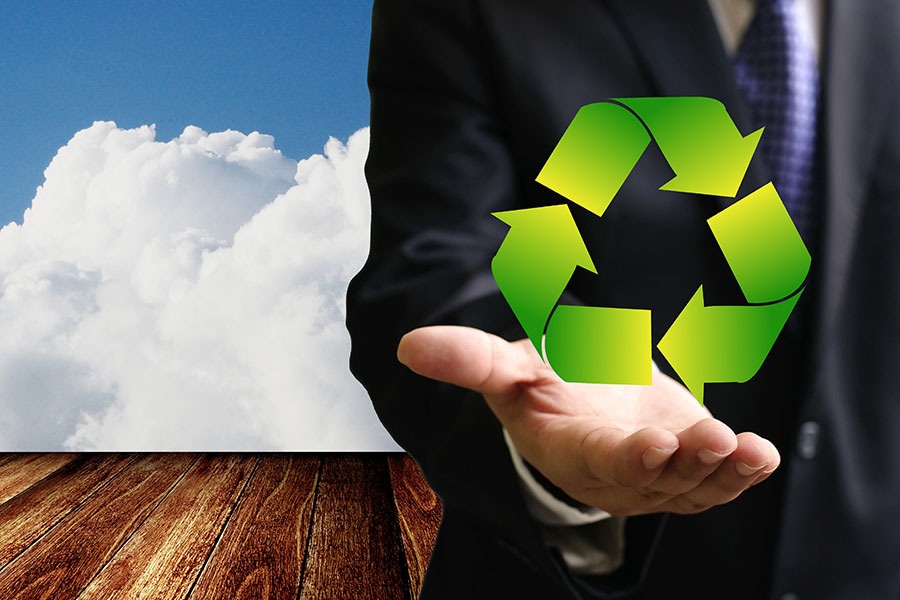
Sustainability leadership: Managing for the health of your company and the planet
It's nearly impossible to find a corporation that doesn't list sustainability, climate, and the environment among its highest priorities
 Effective leaders have long understood the importance of taking a public stand on environmental, social and governance issues. Yet, business leaders taking action toward securing a healthy environmental future and doing something to reach that goal are two very different things
Image: Shutterstock
Effective leaders have long understood the importance of taking a public stand on environmental, social and governance issues. Yet, business leaders taking action toward securing a healthy environmental future and doing something to reach that goal are two very different things
Image: Shutterstock
In 1996, Starbucks reduced its paper cup waste by 50% when using an insulated sleeve to keep customers from burning their hands. Goodbye double-cupping.
In 2003, McDonald’s leadership developed a global policy to reduce the use of antibiotics in its poultry production. Suppliers were able to eliminate 17,900 pounds of antibiotics used every year.
In 2017, Walmart launched Project Gigaton, a collaboration with suppliers to reduce one billion tons of greenhouse gas emissions from its global supply chain by 2030.
These are three examples among hundreds of massive scale efforts by business leaders to begin addressing global climate change. Companies, their leadership, consumers and investors focus on communicating sustainable goals, collaborating to achieve scale and dedicating resources to environmental innovation.
It’s nearly impossible to find a corporation that doesn’t list sustainability, climate, and the environment among its highest priorities.
[This article has been reproduced with permission from Knowledge Network, the online thought leadership platform for Thunderbird School of Global Management https://thunderbird.asu.edu/knowledge-network/]







